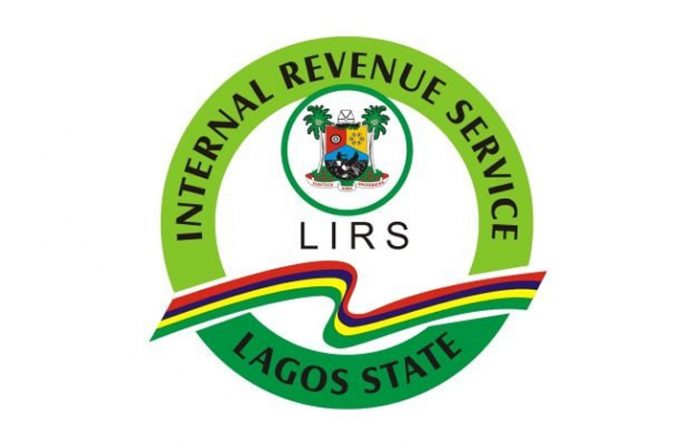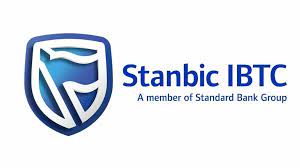We are forecasting a sharp fall in year-on-year headline inflation to 14.75% for February 2018, after a steep decline from January’s inflation of 15.13%. Apart from being the 13th consecutive monthly drop in inflation, the rate of decline has increased from the previous month’s deceleration of 0.24%. Our forecasting methodology is based on a simple regression model and empirical analysis, spiced with some qualitative reasoning. We expect month-on-month inflation to increase to 1.01% (12.82% annualized).
During the month, certain price moderating factors were noticeable. These include:
A decline in most global commodity food prices such as sugar and rice and to a limited extent, the stability of the exchange rate within the N362/$-N363/$ band. Ample forex supply and exchange rate stability continue to taper imported inflation.
Reduced naira liquidity in the system as the average opening position of banks dropped by 38.63% to N173.78bn long in February.
Marginal expansion in production levels – evident in an increase in FBN PMI to 54.7 from 54.6 in Jan’18.
This reflects a soft inventory build-up by manufacturers in February.
Improved power supply from 3,690MW/hr in January to 3,937MW/hr.
However, there was one price propelling factor which had a limited impact on inflation. This was the lingering fuel scarcity in the country.

Core sub-index to decline
Core inflation (inflation less seasonality) is expected to drop marginally to 12.06% year-on-year in February from 12.10% in January, owing to an improvement in power supply from 3,690MW/hr in January to 3,937MW/hr. The stability of the naira has also tapered core inflationary pressures.
Food sub-index to decline further
With the harvest season over and the planting season commencing, food inflation is expected to taper to17.8% year-on-year in February from 18.61% in January 2018. However, month-on-month, food inflation is projected to increase to 1.02% (12.89% annualized) from 0.87% (11% annualized), due to higher prices across the food basket, especially grains.
Sub-Saharan Africa
Most SSA countries under review recorded a decline in headline inflation. The decline was due largely to a slowdown in the prices of food, transport, housing and utilities. Logistics and utility costs in these countries remain vulnerable to global oil prices. The monetary policy stance of most African economies has been unchanged so far in 2018.

Concluding Thoughts
Although inflationary pressures were subdued in the month of February, we are likely to see a reversal in the trend in the coming months. As the first quarter ends and the Easter celebration approaches, business activities are likely to pick up and trigger a further build-up of inventory and inflationary pressures.
The MPC is scheduled to meet in March, assuming a quorum is formed on time. The mix of a sub-optimal growth rate of 0.8% (2017) and an anticipated decline in inflation increases the possibility of adopting an accommodative monetary policy (lowering interest rates) at this meeting.














